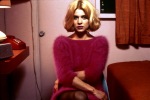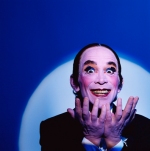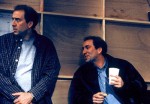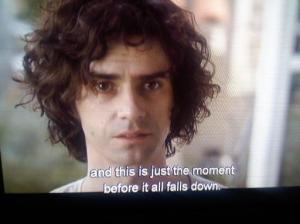Dear Anna,
I have been thinking about how I might write a review of The Modern, given my love of it, but also given our prior entanglement. What are the ethics of critique when the personal is unavoidable? I am sure this is a legitimate genre of criticism and I am just being naive, but I am putting this in a letter to you (to everyone) to avoid any doubt about the conflict of interest.
When we first started dating I sent one of my friends a text: What do you do if your girlfriend turns out to be your favourite author? Wouldn’t that be wild? I will never know, we did not stay girlfriends.
You once said to me that you felt as if everything you wrote was for me, that you imagined me as the reader. I know that cannot – would not reasonably – be the case anymore, but it felt so special reading The Modern, knowing you, having known you, for some of the time that you were writing it. Against postmodernism, you as author were so alive to me in this.
I wanted to buy a copy in support, but I also narcissistically wondered if I was reflected in the text. I analysed your descriptions of Robert, Cara, Sally, Emily, and other subsidiary characters, for any hints. In fact, they all seemed more like versions of you. Maybe this is how writing always works. Everyone was much too erudite or cool or modern to feel anything like me, but on reflection I can see that some of the worst elements of my anxious-avoidant attachment style are, perhaps, in there.
I flinch, for instance, at Cara deleting all traces of Sophia on her social media: “It felt as if she was determined to erase memories of our pleasant moments, ashamed to admit that we’d spent time together, as if she was trying to create a narrative of her life in which I meant nothing”. I regret it. It made me think about how we efface surfaces when we cannot bare their depth. The desire to negate intimacy in order to stay a step ahead of rejection.
We don’t really get to know Cara in The Modern, she remains two-dimensional to the reader but hyper-real to Sophia. I think this is part of the point, an exploration of what it feels like to have an infatuation where the other person becomes a slate onto which you project. I read a review of the novel that described it as “solipsistic” but why aren’t women allowed to look in the mirror?
When you are falling in love, everything feels intertextual and full of portent. Songs playing in restaurants, whether flowers in a vase stay closed, the weather forecast – all take on special meaning. Yet I wrote in my diary I felt “haunted” by romance when we were together, that all of the beautiful things we encountered felt jarring with my internal unease. Perhaps it was, like Sophia, because I was in love with someone else. You and I talked openly about my other love, and I wondered whether your tolerance was simply because of interest in a writerly way. After The Modern, I think it is because you deeply understand the multiple directions love can pull you in simultaneously, and the odd formations that friendship can take. You have no judgement of it.
As you know, the last day with my other love involved rowing down the river to celebrate exactly one year of our friendship. As we ate our picnic floating on the water – and before I could declare my love – he played the song “Can’t We Be Friends” from his phone. I recounted all this to you later and you said it was too trite to be literary.
I cherish that this is a novel with Frank O’Hara and Grace Hartigan at the heart of it. Forgetting your love of them, I had serendipitously re-read Meditations on an Emergency only days before The Modern arrived in my mailbox. “In times of crisis, we must all decide again and again whom we love”. Most significantly, The Modern is radical in not shying away from love as the centre of analysis. It is not a romance novel, but it is all about romance. Crushes are often understood as frivolous, juvenile, and above all, feminine. The Modern rejects none of this, treating the “unserious” with extreme care and detail. I recall you giving me Lunch Poems when we were dating. You said you had a spare copy, it was no big deal, it really meant nothing. When I leaf through it now, I have questions. “Is this love, now that the first love/has finally died, where there were no impossibilities?” Frank and Grace’s love for one another is the model of the most beautiful “unrequited”, “unrealised” love.
I met a writer at a book event recently, and she asked if I read poetry, and when and why I started reading it. I told her earnestly that there were two influences: my year eight English teacher (Mr Mansfield) on whom I had an enormous crush, and you, who asked me on our first date who my favourite poet was, and I couldn’t really answer. After that date I was determined to commit to poetry, to know it. You and I don’t talk anymore, but I still read poetry.
The Modern‘s mode – the crush as literary – is what makes it so special. I know that it has/will be compared to other melancholic novels by women (ones which I also love), but it is standalone in its occupation of queerness. While others in this genre are haunted by bisexuality (The Bell Jar), or relegate conflicts about sexual identity to the background (Conversations With Friends), The Modern addresses the complexity head-on. You capture the tensions of bisexuality so perfectly. The mixed desires, the different social scripts, sex, bodies, the longing for queerness. This, for me, makes it a bisexual novel for the ages. As Sophia reflects, “I felt too nervous to go to the Pride March alone. I lay in bed looking at photographs of women in t-shirts that read BISEXUALS ARE NOT CONFUSED. I was confused, though…”.
Primarily, The Modern is so witty. I laughed aloud so many times at the pluck of it, forced my partner to hear excerpts. I loved all of the reverent references to artworks, even those I did not know and made me feel inculte. I loved the camp obsession with the bridal, reflections on the ambivalence of marriage. I didn’t believe Robert’s ability to quote Sophia’s favourite literary texts, but it is an interesting fantasy, I too can imagine loving such a Philosophy Boy. I loved all the references to the sweet and sugary, the way you describe fireworks, the throwaway comment about Sophia only eating pink foods when she was sad, as if that is normal sad behaviour. I am reminded of the summer that we ate fairybread for lunch, your serious and dedicated whimsy.
Years ago when you told me the title of your novel, I worried that it would be unsearchable, lost in more general results. Like that band that called themselves “!!!” that no one could pronounce nor look up, whose songs have been forgotten because their punctuation was too cool.
I hope people find and read The Modern. If they don’t, I hope you keep writing anyway. I can’t wait to keep reading you.
“It is most modern to affirm someone“.
Love, H

You can read more about The Modern here and order a copy here.

 Yet, Lee Alexander McQueen’s vision of the possibilities of fashion to affect us on a profound emotional level juxtaposes such critiques. Tracking the autobiographical aspects of McQueen’s design, this documentary offers us a sense of artistry that cuts through ordinary understandings of fashion in terms of trends, mass production, and surface.
Yet, Lee Alexander McQueen’s vision of the possibilities of fashion to affect us on a profound emotional level juxtaposes such critiques. Tracking the autobiographical aspects of McQueen’s design, this documentary offers us a sense of artistry that cuts through ordinary understandings of fashion in terms of trends, mass production, and surface.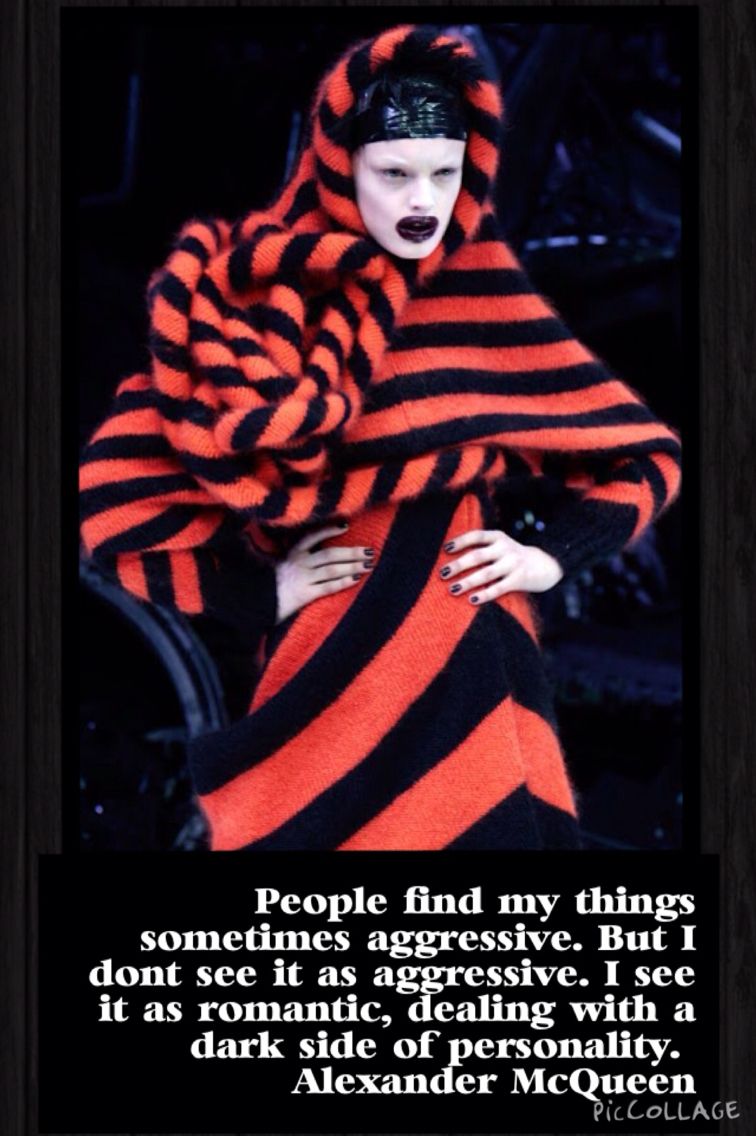 McQueen described his shows as “what’s buried in people’s psyches”. One of the things that I love most about this documentary is the use of home footage from McQueen himself, which offers us an intensely intimate glimpse of the designer. We not only get a sense of McQueen’s mind – and his obsession with death, life, and beauty – most importantly I think, we get to see the tyranny of maintaining creativity despite the stifling economics of fashion.
McQueen described his shows as “what’s buried in people’s psyches”. One of the things that I love most about this documentary is the use of home footage from McQueen himself, which offers us an intensely intimate glimpse of the designer. We not only get a sense of McQueen’s mind – and his obsession with death, life, and beauty – most importantly I think, we get to see the tyranny of maintaining creativity despite the stifling economics of fashion.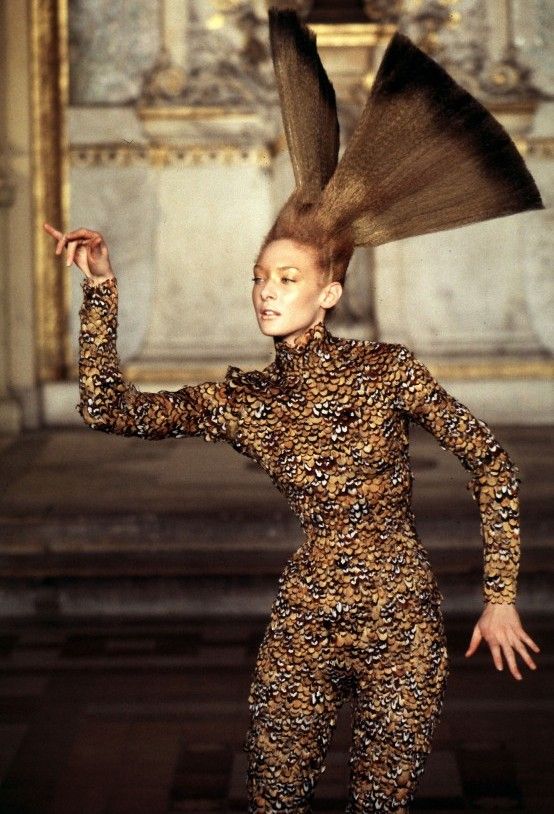 McQueen once said, “My sister is an amazing artist. My brother is an amazing artist. Amazing. Much better than I am. The difference is, they thought they had no chance but to do a manual job. That really upsets me”. To survive as a designer early in his career, McQueen had to live on almost nothing, and hide his fashion work from the dole office so that he could continue receiving benefits.
McQueen once said, “My sister is an amazing artist. My brother is an amazing artist. Amazing. Much better than I am. The difference is, they thought they had no chance but to do a manual job. That really upsets me”. To survive as a designer early in his career, McQueen had to live on almost nothing, and hide his fashion work from the dole office so that he could continue receiving benefits.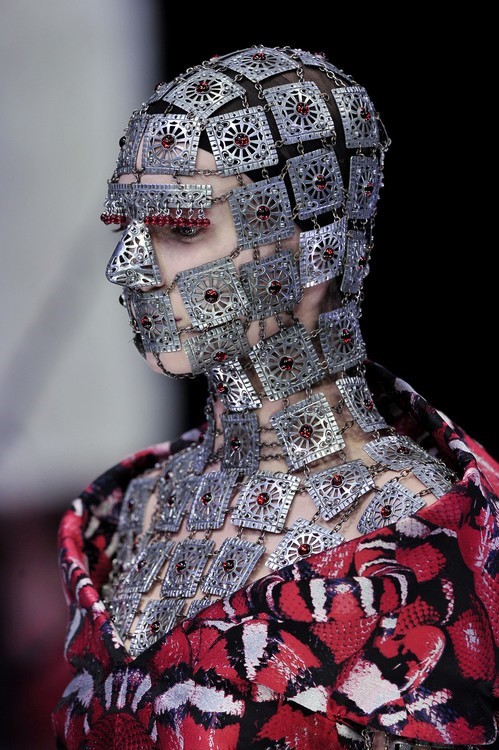 To quote Elizabeth Wilson again, “Out of the cracks in the pavements of cities grow the weeds that begin to rot the fabric”. In other words, while we might hold reasonable ambivalence about the nature of fashion in terms of the expectations and norms that it reproduces, fashion can also provide an experimental and resistant space for a creative reimagining of identity that “rot[s] the fabric” of these same rules.
To quote Elizabeth Wilson again, “Out of the cracks in the pavements of cities grow the weeds that begin to rot the fabric”. In other words, while we might hold reasonable ambivalence about the nature of fashion in terms of the expectations and norms that it reproduces, fashion can also provide an experimental and resistant space for a creative reimagining of identity that “rot[s] the fabric” of these same rules. While the closure of the film was a little clunky (and I wondered if they actually had a few different endings in mind), overall First Girl I Loved is utterly engrossing. The opening scenes are framed tightly and closely around the protagonists, and we remain at eye level, almost as if we are right there with them – behind the softball fence, lingering at the doorway to the bedroom, walking down the street sipping $4 wine. We’re next to them all the way, not as a voyeur, but as a friend along for the ride.
While the closure of the film was a little clunky (and I wondered if they actually had a few different endings in mind), overall First Girl I Loved is utterly engrossing. The opening scenes are framed tightly and closely around the protagonists, and we remain at eye level, almost as if we are right there with them – behind the softball fence, lingering at the doorway to the bedroom, walking down the street sipping $4 wine. We’re next to them all the way, not as a voyeur, but as a friend along for the ride.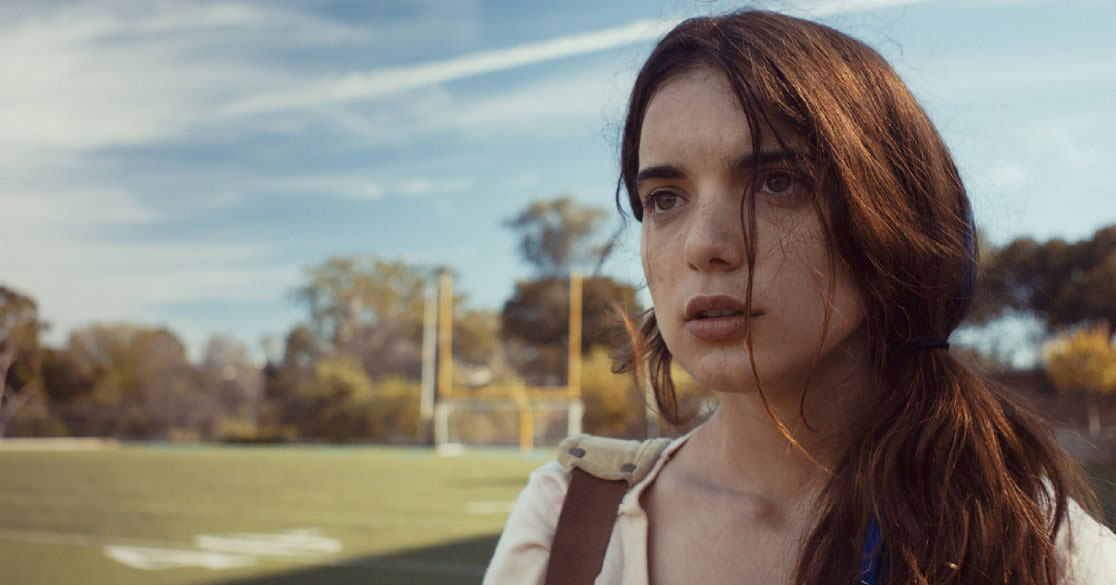 Gelula’s performance is very commendable. She strikes a delicate balance between unbearable apathetic teen, and captivating hero that we want to succeed. Through Anne we see just how brilliant and strong teens can be, even if they’re totally clueless. Teens are often denigrated by society writ-large for being naive, but First Girl I Loved shows the pain and beauty of fumbling through, the intelligence involved in not knowing but pushing on nonetheless. The awkward innocence of Anne and Sasha’s interactions is wonderfully executed, and there was something so familiar about their veiled giggling banter that I felt like I was watching my young self up on screen.
Gelula’s performance is very commendable. She strikes a delicate balance between unbearable apathetic teen, and captivating hero that we want to succeed. Through Anne we see just how brilliant and strong teens can be, even if they’re totally clueless. Teens are often denigrated by society writ-large for being naive, but First Girl I Loved shows the pain and beauty of fumbling through, the intelligence involved in not knowing but pushing on nonetheless. The awkward innocence of Anne and Sasha’s interactions is wonderfully executed, and there was something so familiar about their veiled giggling banter that I felt like I was watching my young self up on screen. As I sat watching the film unfold, I found myself desperately wanting things to work out for the characters. I wanted it to end happily not only because I was so engrossed in the story, but because happy endings for gay characters are so few and far between. It’s been great to see more films coming out that address romance between women, like
As I sat watching the film unfold, I found myself desperately wanting things to work out for the characters. I wanted it to end happily not only because I was so engrossed in the story, but because happy endings for gay characters are so few and far between. It’s been great to see more films coming out that address romance between women, like 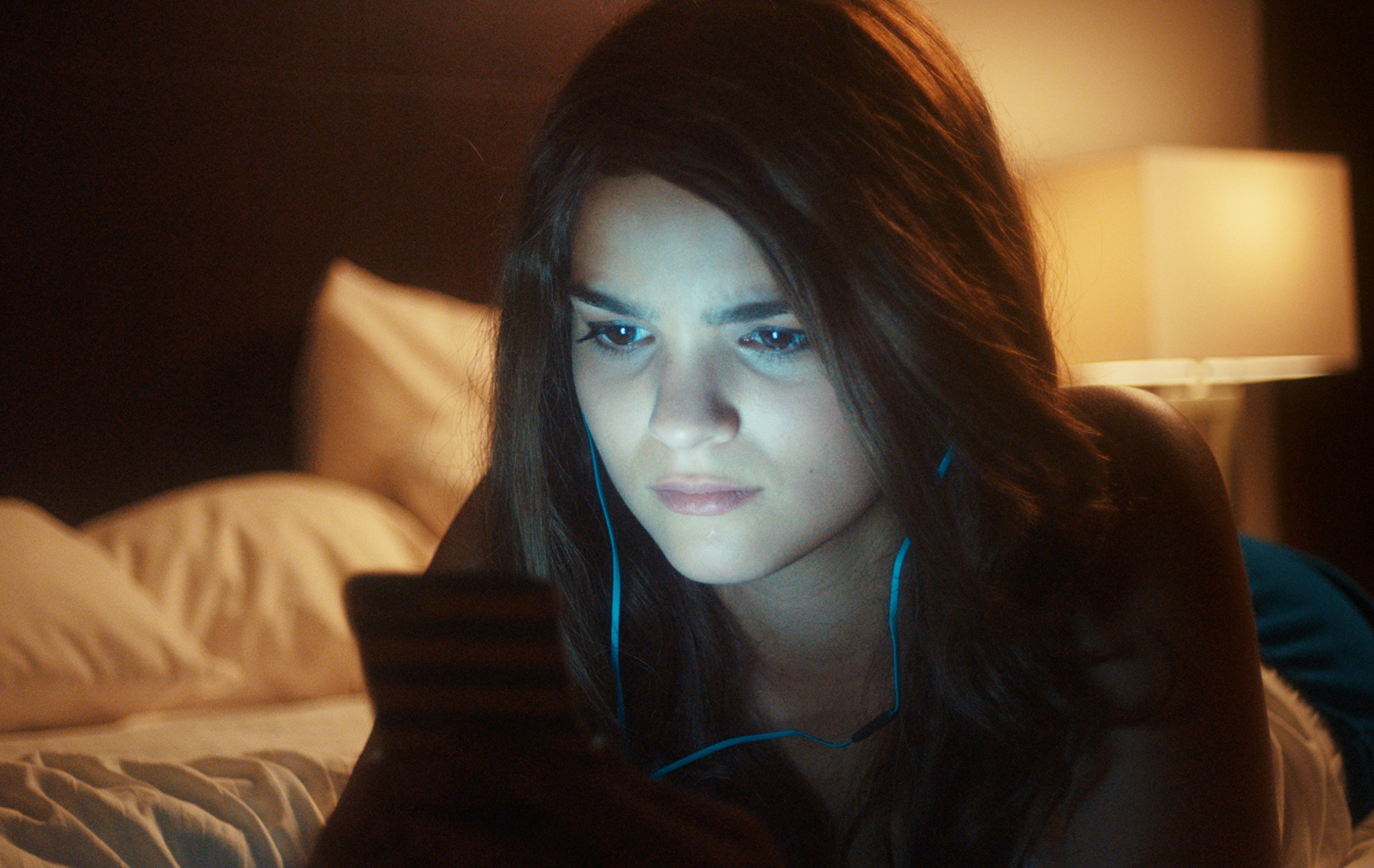 While I can imagine some queer theorists arguing that the lack of traditionally happy endings for gay films is welcome, because who wants to live up to that heteronormative expectation anyway, it’s also pretty shit to constantly have popular culture either ignore your relationship or portray it is an inevitably difficult affair. While there is something to be said for representing the reality of homophobia and the difficulty of queer life, it is a pain that everyone else gets the option of fantasy (because let’s be real it’s not like heterosexual life really ends happily for everyone) except for gays who must remain proper realists.
While I can imagine some queer theorists arguing that the lack of traditionally happy endings for gay films is welcome, because who wants to live up to that heteronormative expectation anyway, it’s also pretty shit to constantly have popular culture either ignore your relationship or portray it is an inevitably difficult affair. While there is something to be said for representing the reality of homophobia and the difficulty of queer life, it is a pain that everyone else gets the option of fantasy (because let’s be real it’s not like heterosexual life really ends happily for everyone) except for gays who must remain proper realists. First Girl I Loved is no romcom, and it is serious. But it does manage to deal with difficult issues and give us a sense of both catharsis and hope, even as it leaves many things unresolved. It doesn’t make the empty promise that so many teens are barraged with that “it gets better”, but it does suggest that queer kin can be found and that inner strength is possible while traversing difficult and unknown terrain. First Girl I Loved gifts its audience a small beam of light for navigating this path, and for that it should be celebrated.
First Girl I Loved is no romcom, and it is serious. But it does manage to deal with difficult issues and give us a sense of both catharsis and hope, even as it leaves many things unresolved. It doesn’t make the empty promise that so many teens are barraged with that “it gets better”, but it does suggest that queer kin can be found and that inner strength is possible while traversing difficult and unknown terrain. First Girl I Loved gifts its audience a small beam of light for navigating this path, and for that it should be celebrated.

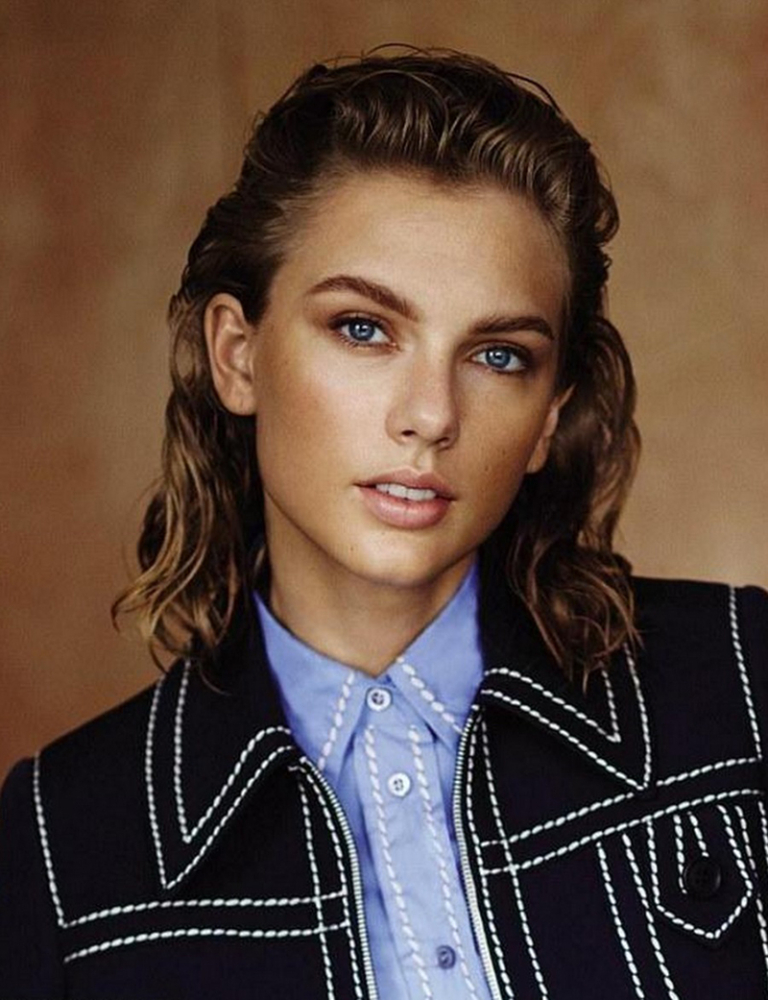


 There was that time she apparently kissed Karlie Kloss
There was that time she apparently kissed Karlie Kloss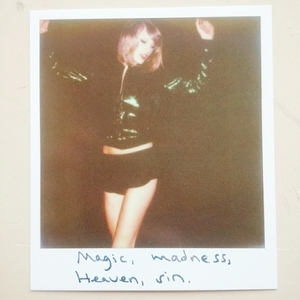 Swift’s new single off 1989 includes
Swift’s new single off 1989 includes 






















